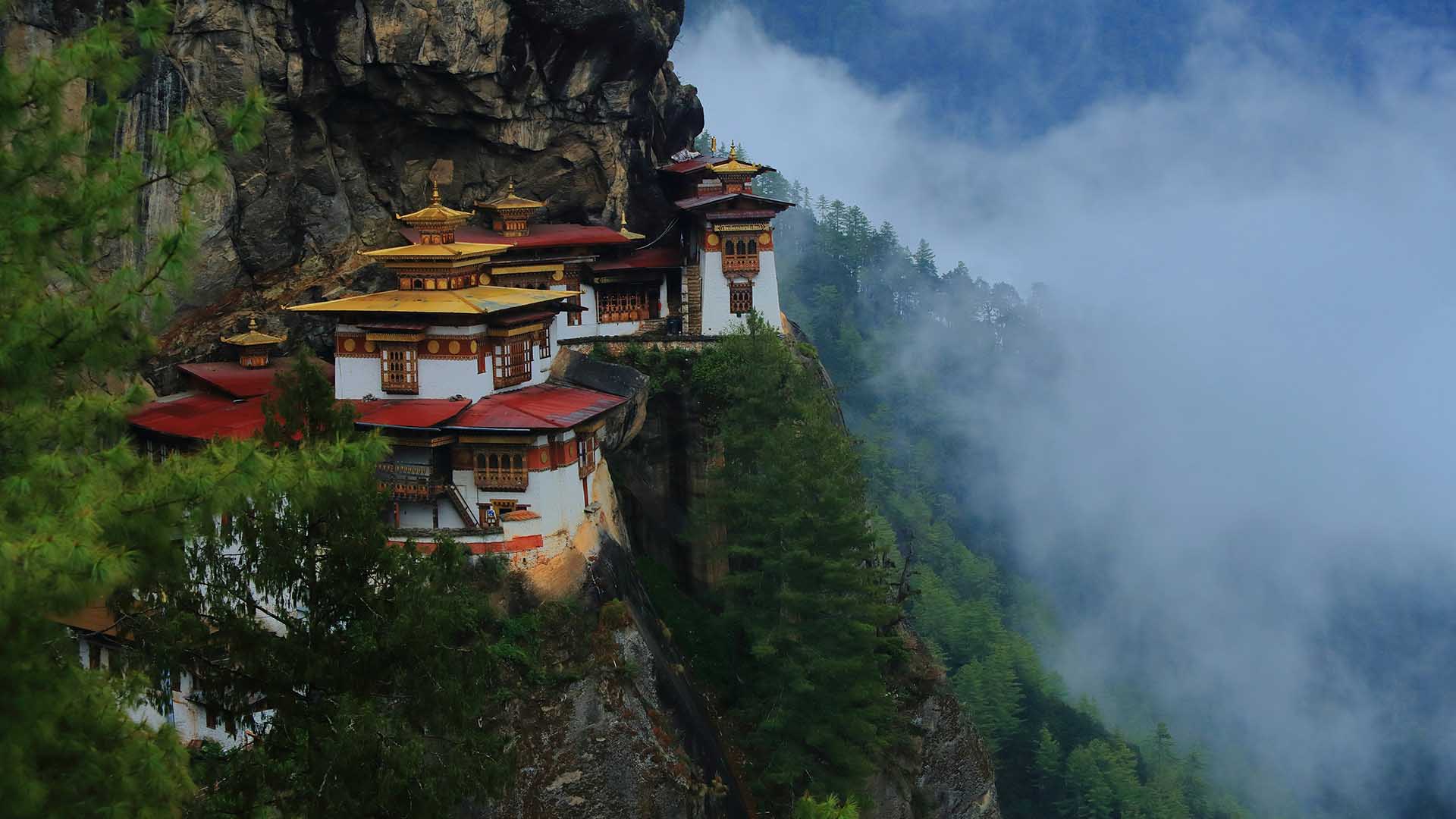Nestled in the stunning Paro Valley, the town of Paro (Dzongkha: སྤ་རོ་) is a treasure trove of history, culture, and spirituality. As the seat of Paro District, this enchanting town is home to Bhutan’s sole international airport, numerous sacred sites, and historical buildings. Paro’s rich heritage and breathtaking landscapes make it a must-visit destination for travelers seeking an authentic Bhutanese experience.
Historical Significance
Paro’s history stretches back centuries, playing a crucial role in Bhutan’s cultural and spiritual development. The town’s evolution is marked by significant events, including the construction of key religious sites and the establishment of royal residences. These historical milestones have cemented Paro’s place as a cornerstone of Bhutanese heritage.
Paro Valley
The Paro Valley is a picturesque landscape characterized by lush greenery, terraced fields, and pristine rivers. The valley’s climate varies from cool winters to warm summers, providing a hospitable environment for both residents and visitors. This serene setting serves as a perfect backdrop for the town’s historical and cultural attractions.
Architecture of Paro
Paro is renowned for its traditional Bhutanese architecture, which is evident in its dzongs (fortresses), temples, and houses. The buildings feature intricate woodwork, vibrant paintings, and ornate decorations that reflect Bhutan’s artistic heritage. Despite modern influences, the town has preserved its architectural integrity, blending the old with the new harmoniously.
Sacred Sites and Temples
- Dungtse Lhakhang:
- Built in the 15th century, Dungtse Lhakhang is a unique temple with a chorten-like structure. It holds significant religious importance and is known for its spiritual atmosphere and intricate murals depicting Buddhist teachings.
- Ugyen Perli Palace:
- Located near the new bridge, Ugyen Perli Palace serves as a residence for members of the Bhutanese royal family when they are in Paro. The palace’s architecture is a splendid example of traditional Bhutanese design, reflecting the country’s royal heritage.
- Rinpung Dzong:
- Rinpung Dzong, also known as the “Fortress of the Heap of Jewels,” is one of the most iconic structures in Paro. This 17th-century fortress-monastery is a hub of religious and administrative activities and offers stunning views of the surrounding valley.
.
- Paro Taktsang (Tiger’s Nest)
- One of Bhutan’s most famous landmarks, Paro Taktsang, or Tiger’s Nest, is a cliffside monastery that dates back to the 17th century. Legend has it that Guru Rinpoche flew to this location on the back of a tigress, making it a revered pilgrimage site. The trek to Tiger’s Nest is challenging but rewarding, offering breathtaking views of Paro Valley.
- Drukgyel Dzong
- Located about 16 kilometers from Paro, Drukgyel Dzong is a fortress-monastery that once defended against Tibetan invasions. Although partially destroyed by fire in 1951, the ruins remain a symbol of Bhutanese resilience and are currently undergoing restoration.
- Ta-Dzhong
- Ta-Dzhong, Bhutan’s tallest building, stands at 22 meters (72 feet) high and comprises six floors. Completed in 1649, this structure served various purposes over the centuries and now houses the National Museum of Bhutan, showcasing the country’s rich cultural heritage.
- Kila Gonpa
- Kila Gonpa, also known as Kila Dechen Yangtse, is a temple for nuns founded in the ninth Rabjung by Chogyal Norbu. This serene monastery continues to serve the local community, offering spiritual guidance and a place for meditation.
- Dranggye Gonpa
- Founded by Barawapa Gyaltshen Pelzang in the 16th century, Dranggye Gonpa is perched atop a hill and is considered a sacred site. The monastery is dedicated to Tashi Tsheringma, the principal deity of the Five Long-life Sisters, and remains a vital spiritual center in Paro.

